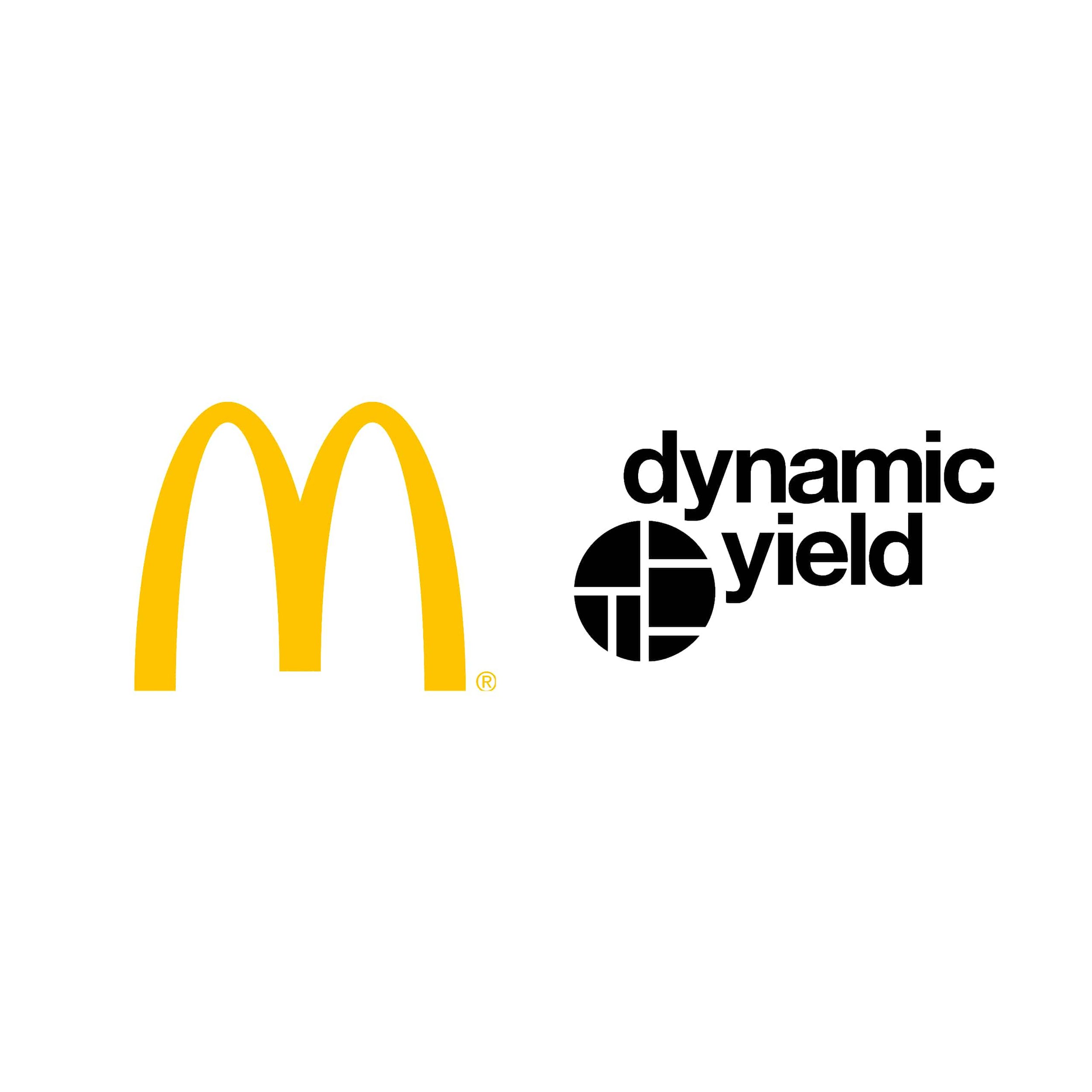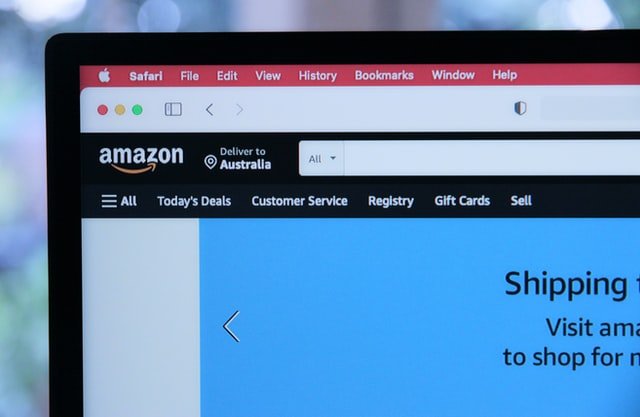Market Feasibility Analysis for Entering a New Market

Market expansion and growth is a key driver of value creation in successful companies. Combined with the right brand management, it can act as the catalyst for rapid and sustainable growth. A crucial part of the market expansion plan is a carefully conducted market feasibility analysis.
A market feasibility analysis is an in-depth study, performed to answer the question "is it possible to build and run a profitable operation with my product or service within the specific market conditions?" It can be carried out for a particular region, country or a specific market.
After my previous observations of several companies for their expansion in several regions, I can easily suggest that it is a complex exercise that requires deep understanding of market dynamics, strategic methods and expansion mindset. However, at the end it will provide you with a powerful output that reveals the potential.
Therefore, we will help you to understand the basics of an effective feasibility study, and if you would like us to do so, in Metheus, we can conduct one for your company.
First, let’s identify some of the strengths and challenges of the market feasibility analysis and create a framework to start.
The Biggest Challenge: Selecting the Suited Model
Expanding into a new market can be daunting. Often, you’re faced with the challenge of determining your business model for this new market and it can be an exhausting task to complete.
It is important to study your business’s needs and understand the best suitable strategy before you can decide which is the best business model for you.
When it comes to entering a new market, there are various options to choose as a business model. Here are some of them that proved to be useful:
Acquisition of a native company:
You might remember Unilever’s purchase of Dollar Shave Club, or McDonald’s purchase of Dynamic Yield – examples in which a digital native company was purchased by a traditional franchise. When companies make large outside acquisitions, there is often a hope that the acquired company will change the culture, ways of operations, and add agility to the parent company.

By March 2019, McDonald’s had purchased Dynamic Yield. This company specializes in individualized product recommendations, offers, and content; based on various factors.
This approach may not, however, translate into operating level benefits or value creation in most cases. It can reduce or eliminate the smaller firm's freedom and creates dependency on the parent organization. An example of this dynamic at work can be found in the case of Dynamic Yield and McDonald's.
McDonald’s drive-thrus and ordering kiosks in several markets around the world applied Dynamic Yield technology. However, McDonald’s recently sold the company to Mastercard to make sure the technology distributed more widely and successfully to other third-party businesses.
Get involved in the marketplaces

Another strategy is to sell goods in bulk to marketplaces. This approach requires no upfront investment and is a quick way for the brands to expand into a new space. Selling in bulk through marketplaces is an effective way to reach customers, but it can be difficult to beat other brands for customer attention. If a competitor puts a huge marketing budget into promoting its products, you may find your sales negatively impacted in no-time. Additionally, since you have to depend on the strategy and priorities of the marketplace, acting according to your brand's needs can be challenging.
Partner with a distributor
Distributors already have established way to create sales channels and revenue streams in all markets. Encouraging them to handle to expand into neighbor countries or product lines could reduce initial investment costs. However the success of this approach is highly dependent on the distributors’ willingness, budget and vision.
Utilize D2C approach
Direct to consumer is basically a business strategy where the product or services are directly delivered to the customers instead of selling to the retailers or distributors. Companies could be taking advantage of direct-to-consumer (D2C) retailing opportunities. This is an important decision that requires thorough analysis, as it requires a complete brand overhaul and major business model redesign.
Depending on your core business, you can try one or more of four approaches to expansion. Based on previous examples of successful expansions, it is reasonable to assume that the most effective model for companies, especially retailers for example, is a hybrid model—that is, a combination of D2C and marketplace existence.
A Framework for the Feasibility Analysis
After choosing the right business model best suited for your company , it is now time to build a framework to perform the feasibility analysis. This framework will help you to evaluate all the aspects that need to be considered during the evaluation phase.

When planning a market entry and creating a feasibility analysis, there are several different aspects to consider. First of all, it is necessary to measure the potential, that is, to evaluate the market dynamics and competitive conditions. Afterwards, the appropriate next steps should be extracted according to this evaluation. At this point, the important thing is to consider the needs and capabilities of your company while considering the market dynamics and to draw up action plans in parallel with them. Then the next -and the third- step is to make a financial analysis on the identified actions.
According to the outputs obtained in this step -a detailed output about the profitability of the operation is reached with cost and revenue analysis- the necessary revisions for the actions determined in the second step can be made. And voila, your final analysis and plan is ready!
Revenue and cost calculations, which are included in the above framework, form the core of this analysis. The initial step of the financial evaluation of a considered expansion plan is to analyze its costs and benefits individually—then compare.
In general terms, we can summarize which items are taken into consideration while planning and which variables are taken into account in the financial analysis according to the strategic actions determined in the second step as follows:

In terms of revenue:
If we think to aim a hybrid approach:
For a D2C project, we will establish a funnel that follows up:
Number of visitors
Conversion rate
Remember, these metrics should be calculated for each marketing channel.
For the marketplace presence, expected transactions will be clarified.
The successful combined model mostly consist of a certain percentage of marketplaces sales and a certain percentage of D2C sales. The point to be noted in this scenario is that the marketplace sales ratio should not exceed a certain level.
Even though pricing strategy is largely dynamic, an average price range will be determined.
Assumptions for growth, expected channel variations and fluctuations will be added.
In terms of cost:
The following metrics must be evaluated closely:
Fixed costs

Initial investment cost of the project, e.g creating the website, establishing customer care lines, etc.
Variable costs
COGS - cost of goods sold- the biggest cost line.
Logistics cost
Marketing budget
Payment
Additional topics to consider for cash flow calculations:
Cancellation and return rates
Payment period from the banks and providers
Concluding remarks
The market feasibility analysis is an important tool to decide whether or not to enter a new market. It allows the firms to understand the local market characteristics and assess whether it can be profitable in a new country.
If you are thinking of making similar initiatives with your own brand, come to us and increase your success. Our assistance in the creation of a comprehensive feasibility analysis and the implementation of a new brand strategy is designed to help you create a strong plan for your company.
Tailor-made solutions that are designed specifically for your company and its characteristics will allow you to stand out from your competitors and encourage consumers to choose your brand while expanding a new market.
